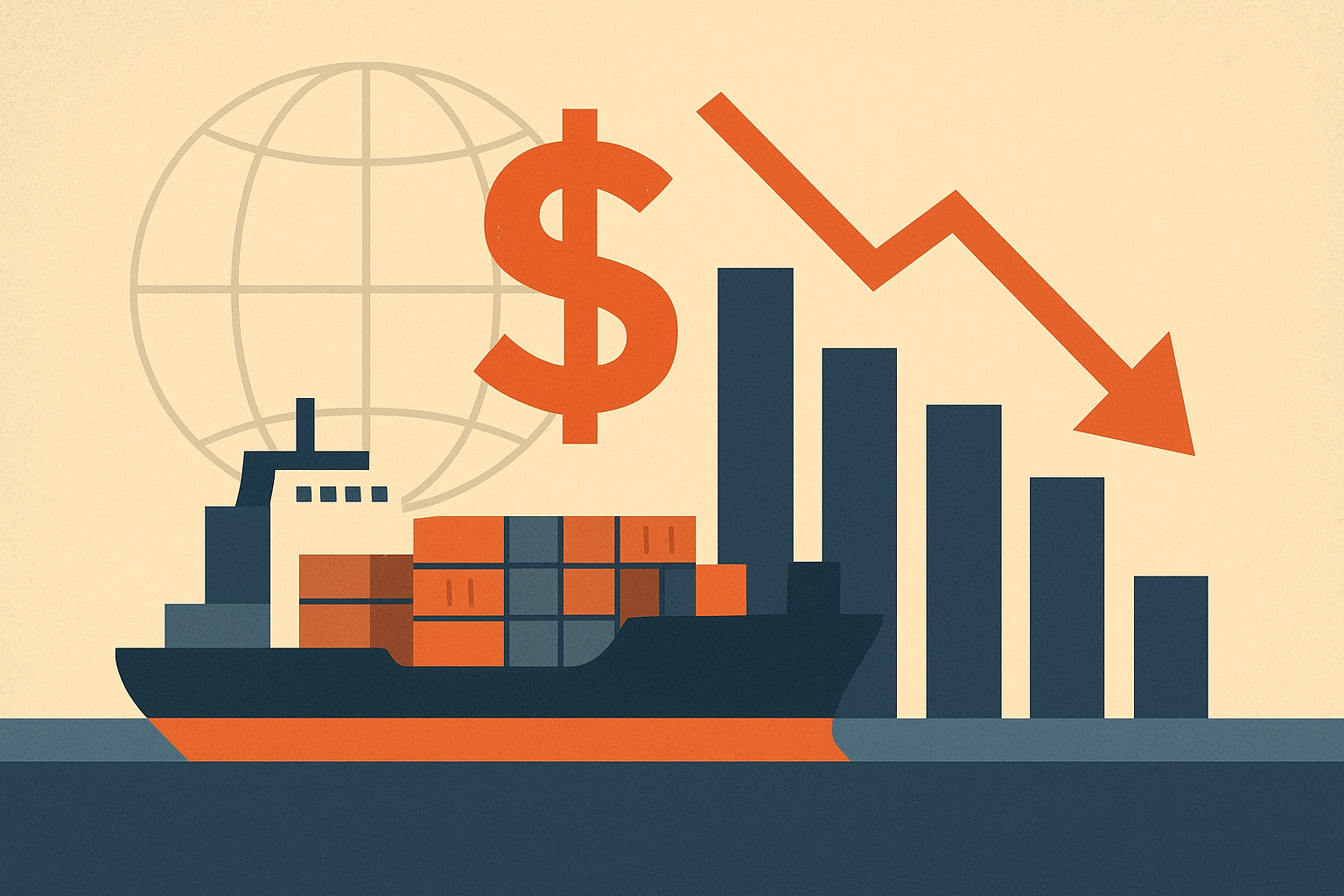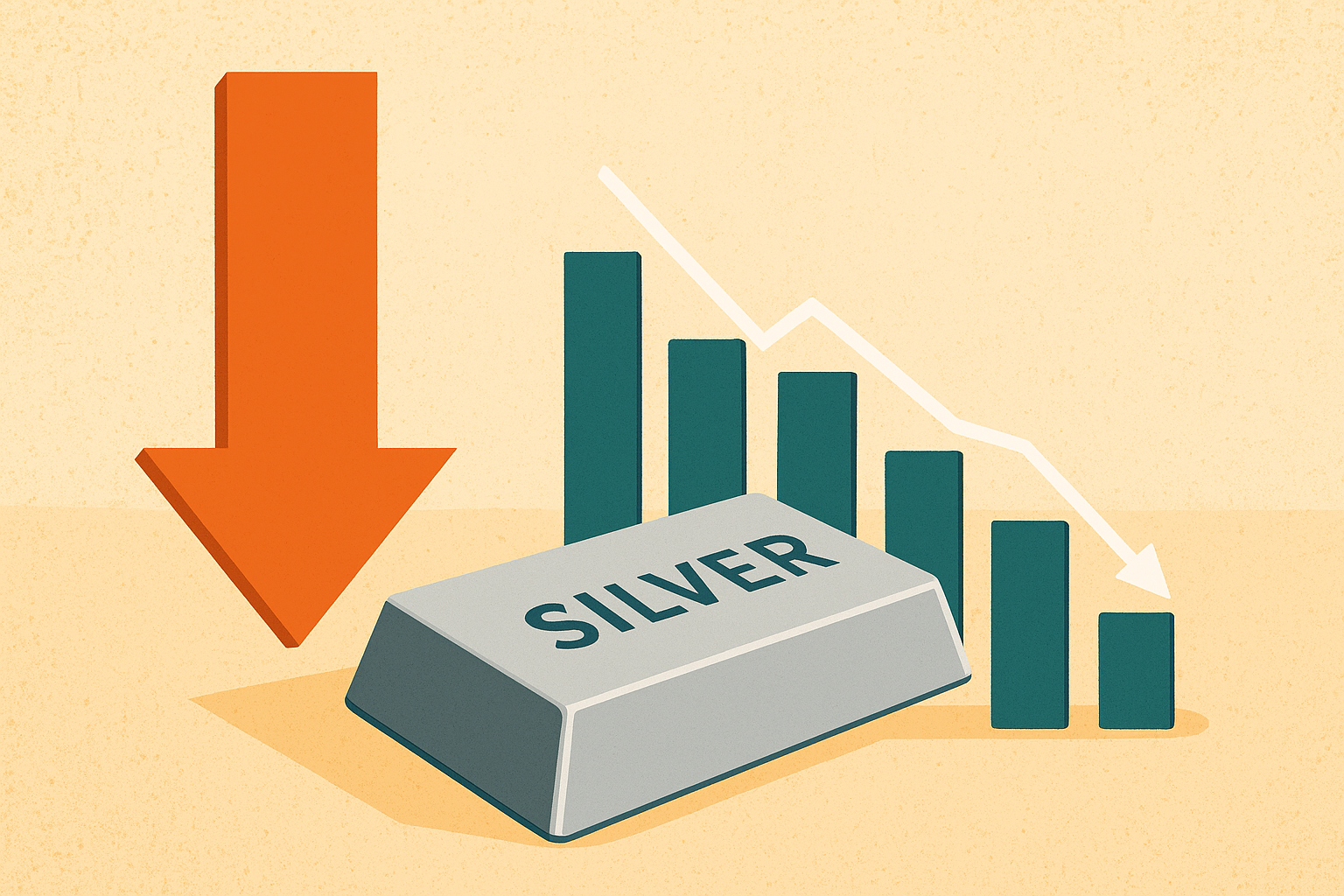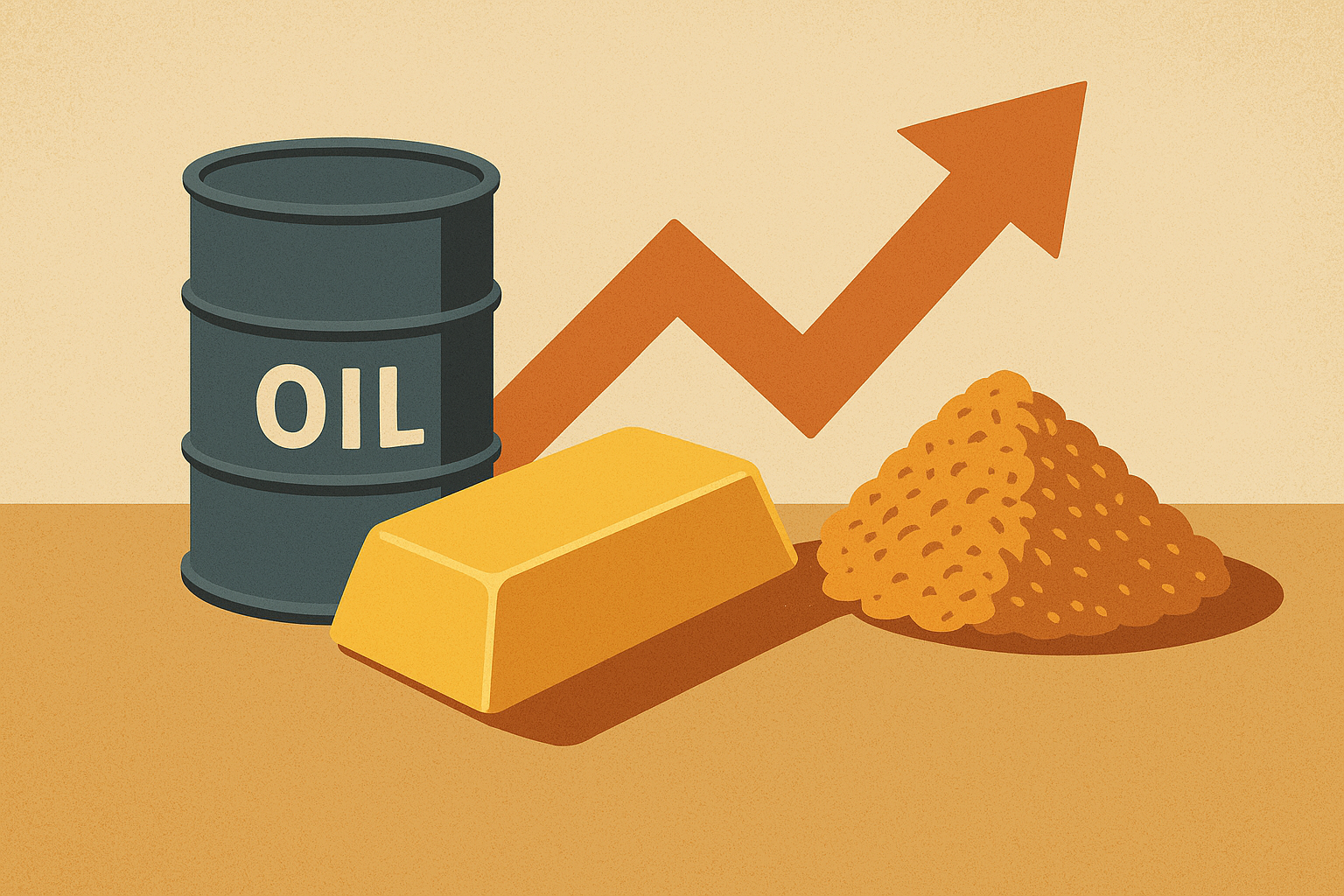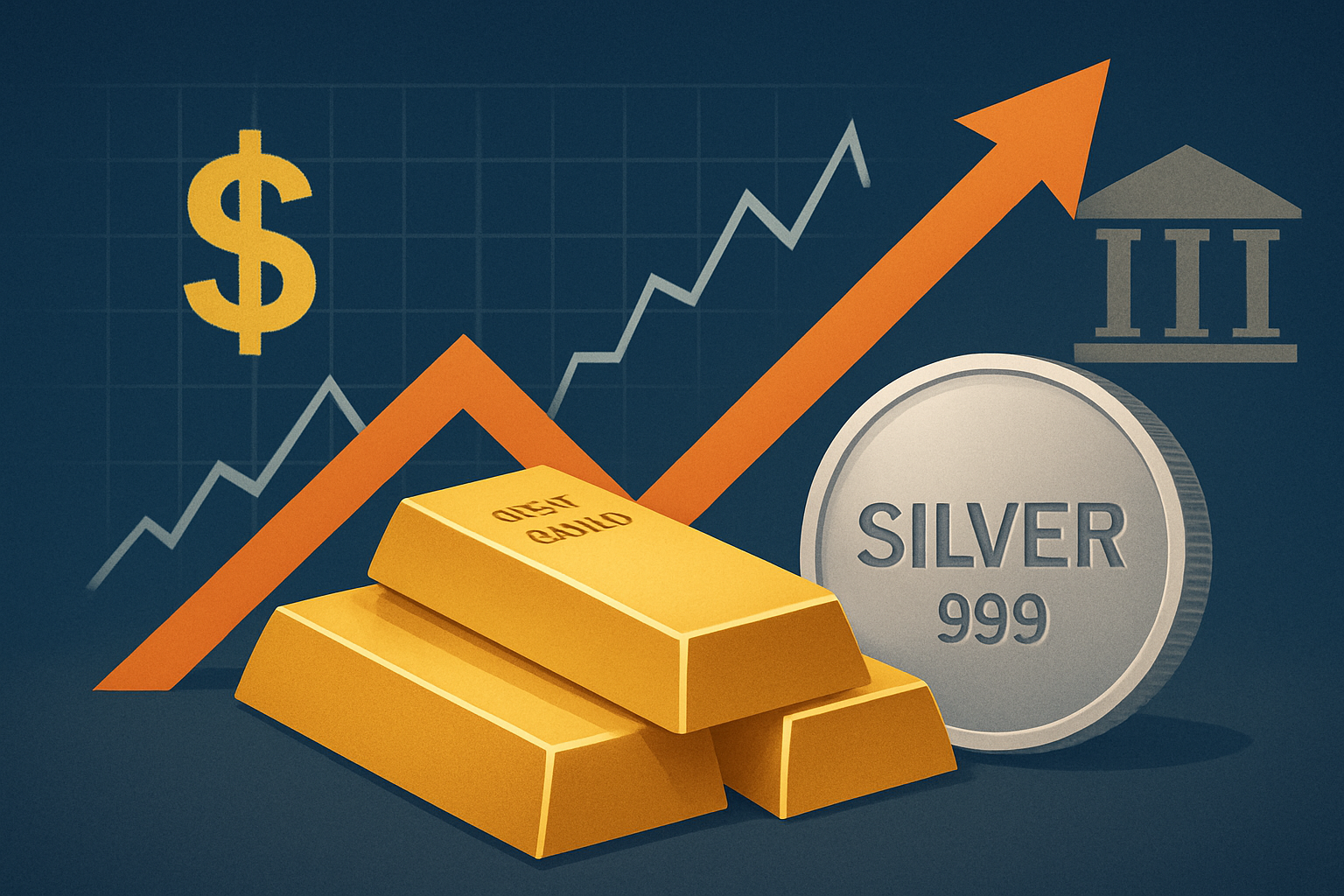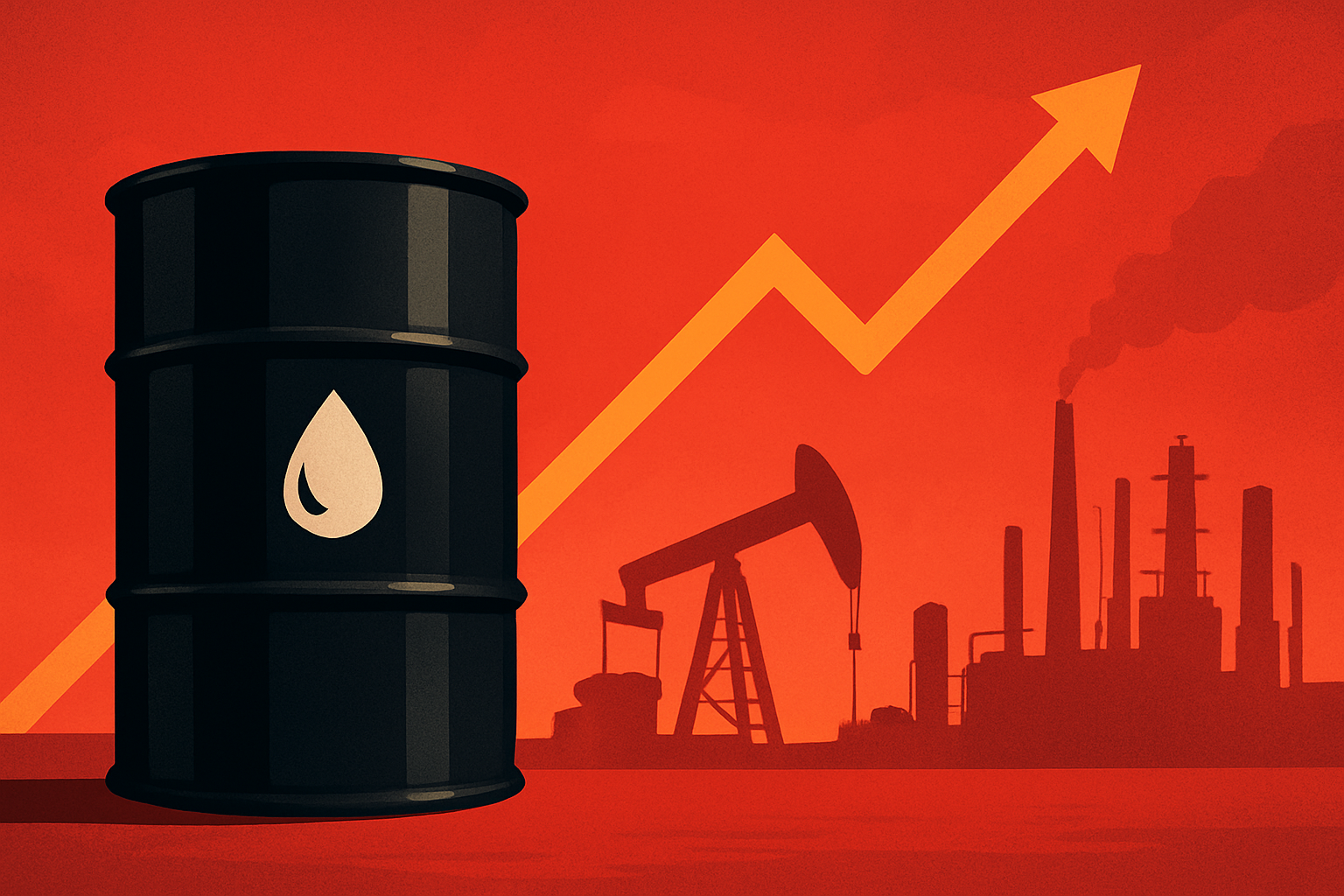After several years of record-breaking profits driven by volatility, supply shocks, and global trade dislocations, the world’s top commodity traders — including Vitol, Trafigura, and Gunvor — are bracing for a markedly leaner 2025. Executives from these trading powerhouses, speaking at the Energy Intelligence Forum in London, cautioned that the extraordinary margins seen since 2022 are unlikely to persist as markets stabilize and geopolitical disruptions evolve into longer-term structural shifts.
This sobering outlook, reported by the Financial Times, signals that the post-pandemic commodities boom may have peaked, ushering in an era where risk management, operational efficiency, and niche specialization matter more than riding price swings.
A Cooling Cycle After Years of Frenzy
The last few years have been a golden age for global trading houses. Energy shortages, war-driven volatility, and supply chain chaos produced some of the most profitable years in commodities history. Vitol, the world’s largest independent oil trader, reported record earnings exceeding $15 billion in 2022, while rivals like Trafigura and Gunvor also posted all-time highs.
But those same traders now describe 2025 as “a year of smaller rewards.” According to Russell Hardy, CEO of Vitol, markets have normalized after years of outsized turbulence. Price swings in oil, gas, and metals have narrowed, reducing the trading opportunities that fueled record earnings. “The world is no longer short of energy — it’s short of volatility,” one industry executive quipped to the Financial Times.
Beyond energy, broader commodities such as base metals, agricultural goods, and industrial raw materials are also seeing tighter margins as demand growth slows in China and inventory levels recover in the West.
Why This Matters for Investors
For investors in commodity-focused funds, energy equities, or trading firms, the message is clear: expect returns to moderate. The environment that rewarded speculative and directional bets is being replaced by one that values risk control, diversification, and efficiency.
Analysts at Bloomberg Intelligence note that while total trading volumes remain strong, profit per transaction has fallen sharply since early 2024. Meanwhile, Goldman Sachs commodities strategist Jeff Currie highlighted that “structural tightness in key markets like oil and copper remains,” but without the extreme dislocations that delivered record profits.
In essence, the cycle is shifting from explosive trading gains to operational discipline. Firms that thrive will be those that can optimize logistics, manage financing costs, and capture value through integrated supply chains — not simply speculation on price volatility.
The Broader Commodity Landscape
The macroeconomic backdrop also points to tighter conditions. The IMF forecasts that global GDP growth will hover around 2.7% in 2025, down from 3.2% in 2024, while inflation in developed economies remains sticky. Sluggish demand, coupled with persistent geopolitical risks — including disruptions in the Red Sea and sanctions on Russian and Iranian oil — is complicating trade flows without necessarily creating the kind of volatility that fuels trading profits.
At the same time, the energy transition is reshaping global flows of capital and commodities. Traders are diversifying into low-carbon fuels, battery metals, and carbon credit markets, but these segments are still in early development stages and yield smaller margins compared to traditional oil and gas.
Trafigura’s recent investments in copper and nickel projects in Africa and South America, for instance, highlight how leading firms are positioning for long-term relevance — not just short-term profitability.
Future Trends to Watch
- Margin Compression Across Trading Desks: Lower price volatility will pressure profitability, forcing firms to automate, consolidate, and streamline operations.
- Green Commodities Expansion: Energy traders will pivot more aggressively toward lithium, copper, nickel, and carbon offsets to capture growth from the global decarbonization agenda.
- Financialization of Commodities: Expect more trading houses to issue bonds or go public to access cheaper capital, following the precedent set by Gunvor and Mercuria.
- Digitalization & AI in Trading: Predictive analytics and algorithmic models will play a greater role in managing complex global trade data and improving risk-return efficiency.
Key Investment Insight
The era of “easy money” in commodities trading appears to be ending. But for investors, this shift may unlock new opportunities — particularly in companies that can adapt their business models to a lower-volatility, higher-discipline world.
Funds with exposure to diversified commodity strategies or those emphasizing logistics, storage, and risk management may outperform pure trading plays. Meanwhile, firms aligned with the energy transition — integrating renewable power, metals trading, and carbon management — could define the next generation of winners.
As always, investors should monitor macroeconomic indicators and geopolitical trends that could trigger new bursts of volatility — a reminder that in commodities, stability is often just the calm before the next storm.
Stay Ahead with ExplorationStocks.com
For investors navigating the complex and fast-moving world of commodities, timely intelligence is key. Follow explorationstocks.com for daily updates, expert analysis, and actionable insights across metals, energy, and global markets that matter most to your portfolio.

